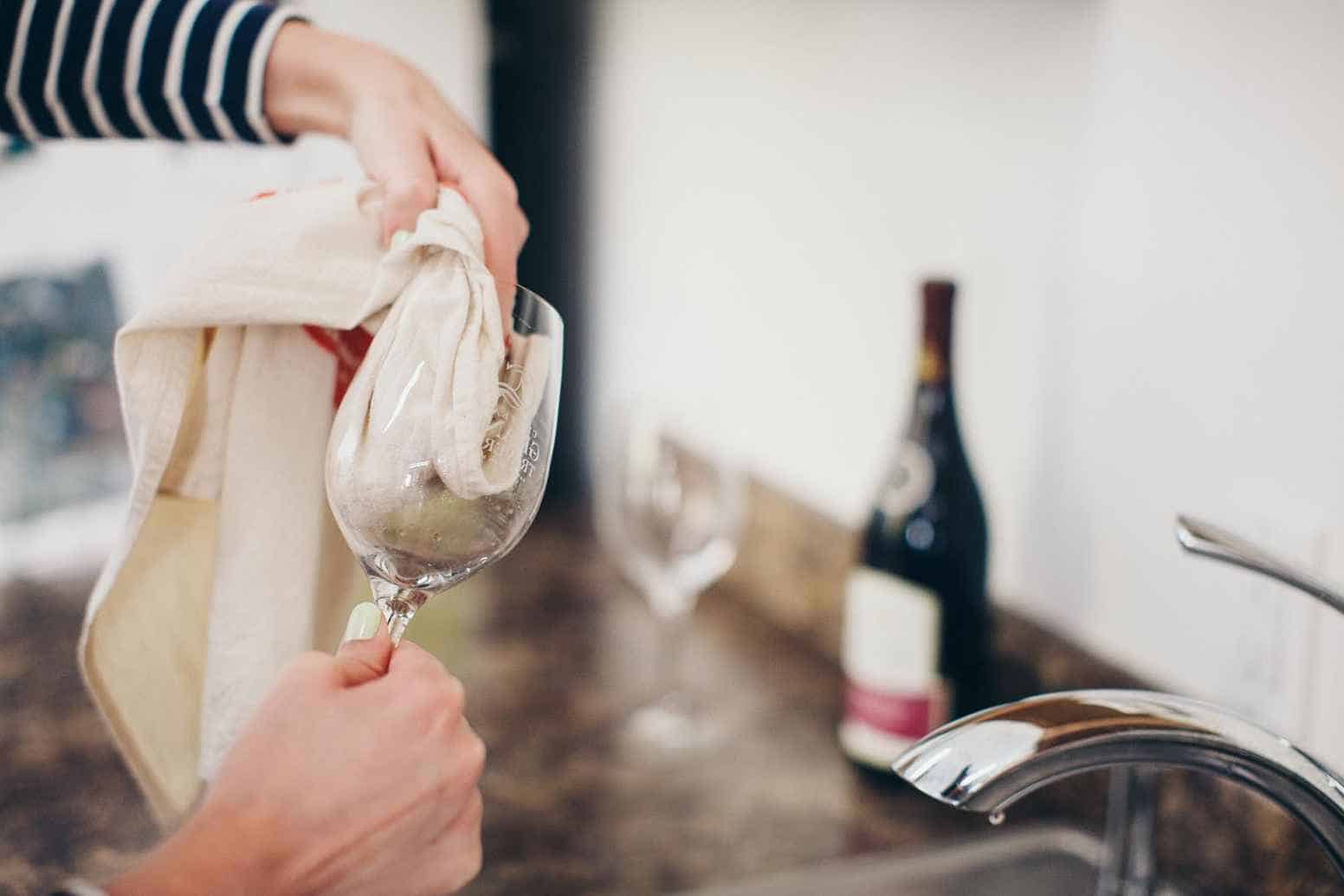

Tableware
How To Clean Dingy Stemware
Modified: February 25, 2024
Learn the best techniques for cleaning and restoring your tableware, including dingy stemware, with our step-by-step guide. Rediscover the sparkle of your glassware today!
(Many of the links in this article redirect to a specific reviewed product. Your purchase of these products through affiliate links helps to generate commission for Storables.com, at no extra cost. Learn more)
Introduction
Welcome to our comprehensive guide on how to clean dingy stemware. Stemware, such as wine glasses, champagne flutes, and goblets, can lose their brilliance over time due to the build-up of residue, stains, and fingerprints. However, with the right materials and techniques, you can restore your stemware to its original sparkling glory.
Properly cleaned and maintained stemware not only enhances the visual presentation of your table setting but also ensures a pleasurable drinking experience. Whether you are hosting a dinner party or simply enjoying a glass of wine at home, clean and clear stemware can elevate the overall ambiance and enjoyment of your beverages.
In this guide, we will walk you through a step-by-step process of cleaning your dingy stemware. From preparation to drying and polishing, each step will be explained in detail to help you achieve optimal results. Let’s dive in!
Key Takeaways:
- Restore the Brilliance: Properly clean and maintain stemware to elevate the ambiance and enjoyment of your beverages, whether hosting a dinner party or enjoying a quiet evening at home.
- Sparkling Elegance: Revive dingy stemware with the right materials and techniques, from gentle cleaning to proper drying and polishing, for a touch of sophistication at any table setting.
Read more: What Is Stemware?
Materials Needed
Before we get started, it’s important to gather all the materials you’ll need to clean your dingy stemware. Having everything ready beforehand will help streamline the cleaning process and ensure that you have everything you need at your fingertips.
Here are the materials you’ll need:
- Mild dish soap or specialized stemware cleaner: Using a gentle and non-abrasive cleaner is crucial to avoid damaging the delicate surface of the stemware.
- Warm water: You’ll need warm water to rinse and soak the stemware.
- Soft-bristled brush or sponge: A soft-bristled brush or sponge will help you reach all the nooks and crannies of the stemware for a thorough cleaning.
- Microfiber or lint-free cloth: These cloths are ideal for drying and polishing the stemware, as they won’t leave any streaks or lint behind.
- Vinegar or white wine: Vinegar or white wine can be used as a natural cleaning agent to remove stubborn stains or residues from the stemware.
- Cotton gloves: Wearing cotton gloves while handling the stemware can prevent fingerprints and smudges.
- Drying rack or towel: A drying rack or soft towel will provide a safe and stable surface for air-drying the stemware.
By having these materials readily available, you’ll be well-equipped to tackle the task of cleaning your dingy stemware effectively and efficiently.
Step 1: Preparing the Stemware
Before diving into the cleaning process, it’s important to properly prepare your stemware. This step will help ensure that the cleaning solution can penetrate and remove any dirt or residue effectively.
Here’s how to prepare the stemware:
- Gather all the dirty stemware: Collect all the stemware that needs to be cleaned and place them on a clean and stable surface.
- Inspect each piece: Carefully inspect each stemware for any visible stains, residue, or damage. Take note of any areas that may require extra attention during the cleaning process.
- Rinse the stemware: Rinse the stemware under warm running water to remove any loose debris or particles. This will make the cleaning process easier and more effective.
- Handle the stemware with care: Always handle the stemware by the stem or base to avoid leaving fingerprints on the glass. Avoid gripping the bowl of the glass, as it can transfer oils from your hands onto the surface.
By taking the time to prepare your stemware properly, you’re setting the foundation for a successful and thorough cleaning process. Once your stemware is prepared, you’re ready to move on to the next step: soaking the stemware.
Step 2: Soaking the Stemware
Soaking the stemware is an essential step in the cleaning process as it helps to loosen and dissolve stubborn stains and residue. This step is particularly important for stemware that has been sitting unused for a long time or has heavy build-up.
Here’s how to properly soak your stemware:
- Fill a clean sink or basin with warm water: Fill a sink or basin with warm water, ensuring that there’s enough water to fully submerge your stemware.
- Add a gentle cleaning agent: Depending on your preference, you can add a mild dish soap or a specialized stemware cleaner to the water. Be sure to follow the instructions on the cleaner’s packaging for the correct amount to use.
- Place the stemware gently in the water: Carefully place each piece of stemware into the water, ensuring that they are fully submerged. Avoid overcrowding the sink or basin to allow for better circulation and cleaning.
- Let the stemware soak for a few minutes: Allow the stemware to soak in the warm water and cleaning solution for at least 5-10 minutes. This will help to dissolve any dirt or residue on the surface.
- Gently swirl and agitate the water: Using your hand or a soft-bristled brush, gently swirl and agitate the water to help loosen any stubborn stains or residues. Be cautious not to apply too much pressure to avoid breaking or damaging the stemware.
- Remove the stemware from the water: After the soaking period, carefully remove each piece of stemware from the water, one at a time. Give them a gentle shake to remove excess water.
By properly soaking your stemware, you are allowing the cleaning solution to work its magic, softening and loosening any tough stains or residues. Now that your stemware has been soaked, it’s time to move on to the next step: cleaning the stemware.
Use a mixture of warm water and white vinegar to soak dingy stemware for a few hours. Then, gently scrub with a soft brush and rinse thoroughly. This will help remove any built-up residue and restore the glass to its original shine.
Step 3: Cleaning the Stemware
Now that your stemware has been properly soaked, it’s time to move on to the actual cleaning process. This step will involve gently scrubbing and removing any remaining stains or residues from the surface of the stemware.
Here’s how to effectively clean your stemware:
- Inspect the stemware again: Before cleaning, take a moment to inspect each piece of stemware once more. Pay attention to any areas with stubborn stains or residues that require extra attention.
- Use a soft-bristled brush or sponge: Wet a soft-bristled brush or sponge with warm water and a small amount of mild dish soap or stemware cleaner. Gently scrub the inside and outside of the stemware, focusing on the areas that need extra cleaning.
- Pay attention to the rim and base: Give extra attention to the rim and base of the stemware, as these areas tend to collect the most residue, such as lipstick or wine stains. Use a circular motion to clean these areas thoroughly.
- Be cautious with delicate stemware: If you’re cleaning delicate or antique stemware, exercise extra caution and use a light touch during scrubbing to avoid any damage. You may also consider using a specialized stemware cleaner specifically designed for delicate glass.
- Rinse the stemware thoroughly: After scrubbing, rinse the stemware under warm running water to remove any soap residue. Ensure that all traces of soap are completely rinsed off.
- Inspect the stemware once more: Take a final look at the stemware to ensure that all stains and residues have been successfully removed. If necessary, repeat the cleaning process for stubborn stains.
By following these steps, you’ll be able to effectively clean your stemware and restore its sparkling shine. Now that your stemware is clean, it’s time to move on to the next step: drying and polishing.
Read more: How To Place Stemware
Step 4: Drying and Polishing the Stemware
After cleaning your stemware, it’s crucial to dry and polish it properly to prevent water spots and ensure a flawless and sparkling finish. This step will help enhance the visual appeal of your stemware and prepare it for future use.
Here’s how to dry and polish your stemware:
- Choose a lint-free cloth: Select a clean and soft lint-free cloth, such as a microfiber cloth or a non-abrasive kitchen towel. These materials are ideal for drying and polishing as they won’t leave behind fibers or lint.
- Hold the stemware by the base: Grasp the stemware by the base or stem, taking care to avoid touching the bowl or rim. This will prevent any fingerprints from transferring onto the glass during the drying process.
- Gently dry the stemware: Starting from the base, carefully dry the stemware using the lint-free cloth. Gradually work your way up to the bowl, ensuring that every area is thoroughly dried.
- Polish the stemware: Once the stemware is dry, use a clean portion of the cloth to gently polish the glass. This step will help remove any remaining streaks or smudges and enhance its shine.
- Air drying option: Alternatively, you can choose to air dry the stemware by placing it upside-down on a drying rack or a soft towel. This method allows the water to drip away naturally without the need for wiping. However, be cautious as this may leave some residue or water spots behind.
- Inspect and store the stemware: Give the stemware a final inspection to ensure it is free from any water spots or streaks. Once dry and polished, store it in a clean and dust-free area, ready for your next use or for display.
By properly drying and polishing your stemware, you’ll achieve a pristine and flawless appearance, ready to be showcased on your table. With these steps completed, you have successfully cleaned and revitalized your dingy stemware.
Conclusion
Cleaning dingy stemware doesn’t have to be a daunting task. With the right materials and techniques, you can restore your stemware to its former brilliance and enjoy a delightful dining experience every time.
In this comprehensive guide, we have walked you through the step-by-step process of cleaning your stemware. From preparing and soaking the stemware to scrubbing and polishing, each step plays a crucial role in achieving optimal results.
Remember to handle your stemware with care, using cotton gloves or holding them by the base to avoid leaving fingerprints on the glass. Gently scrub the stemware using a soft-bristled brush or sponge, paying special attention to the rim and base where stains often accumulate.
After cleaning, make sure to dry and polish the stemware properly to prevent water spots and streaks. Use a lint-free cloth or allow the stemware to air dry on a rack or towel, ensuring that no residue is left behind.
By following these steps, you can revive your dingy stemware and bring back its sparkling elegance. Whether you’re hosting a special occasion or simply enjoying a quiet evening at home, clean and clear stemware adds a touch of sophistication to any table setting.
Now that you have the knowledge and tools to clean your stemware, it’s time to put it into practice and enjoy the beauty and clarity of your glassware. Cheers to beautifully cleaned stemware and enjoyable moments shared with family and friends!
Frequently Asked Questions about How To Clean Dingy Stemware
Was this page helpful?
At Storables.com, we guarantee accurate and reliable information. Our content, validated by Expert Board Contributors, is crafted following stringent Editorial Policies. We're committed to providing you with well-researched, expert-backed insights for all your informational needs.
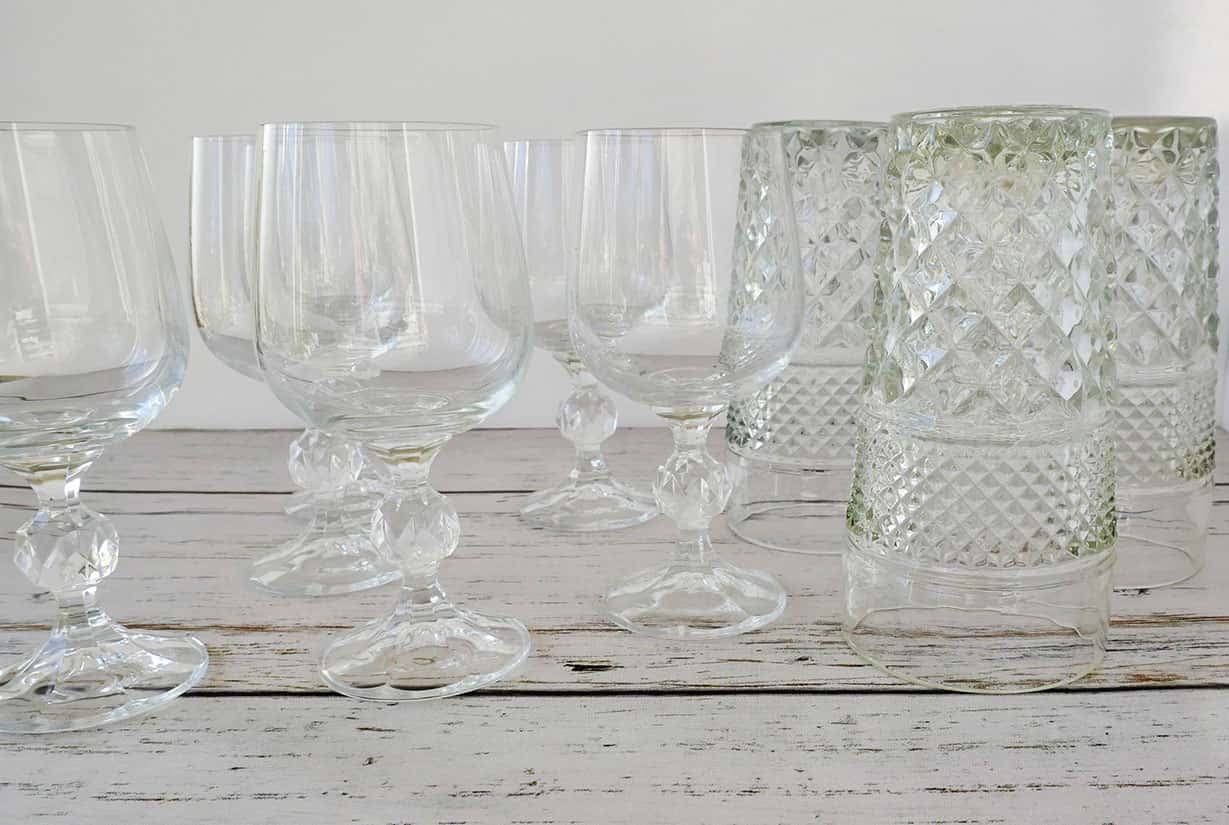
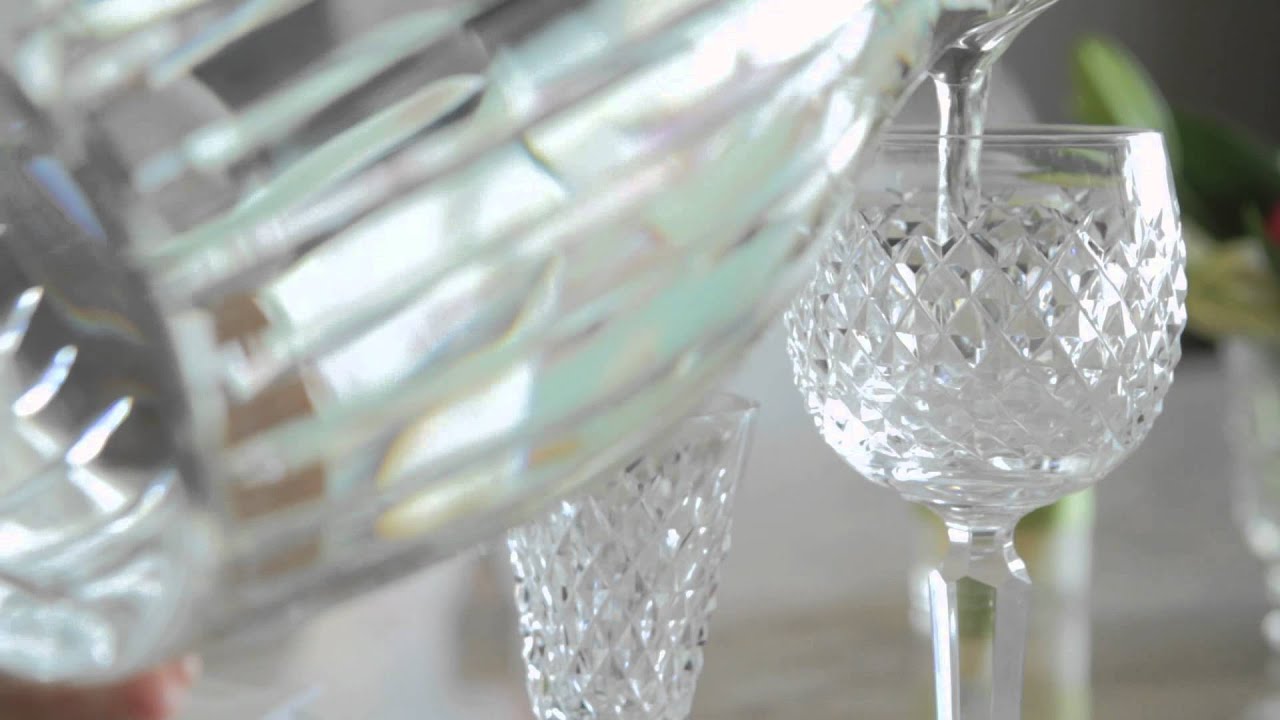
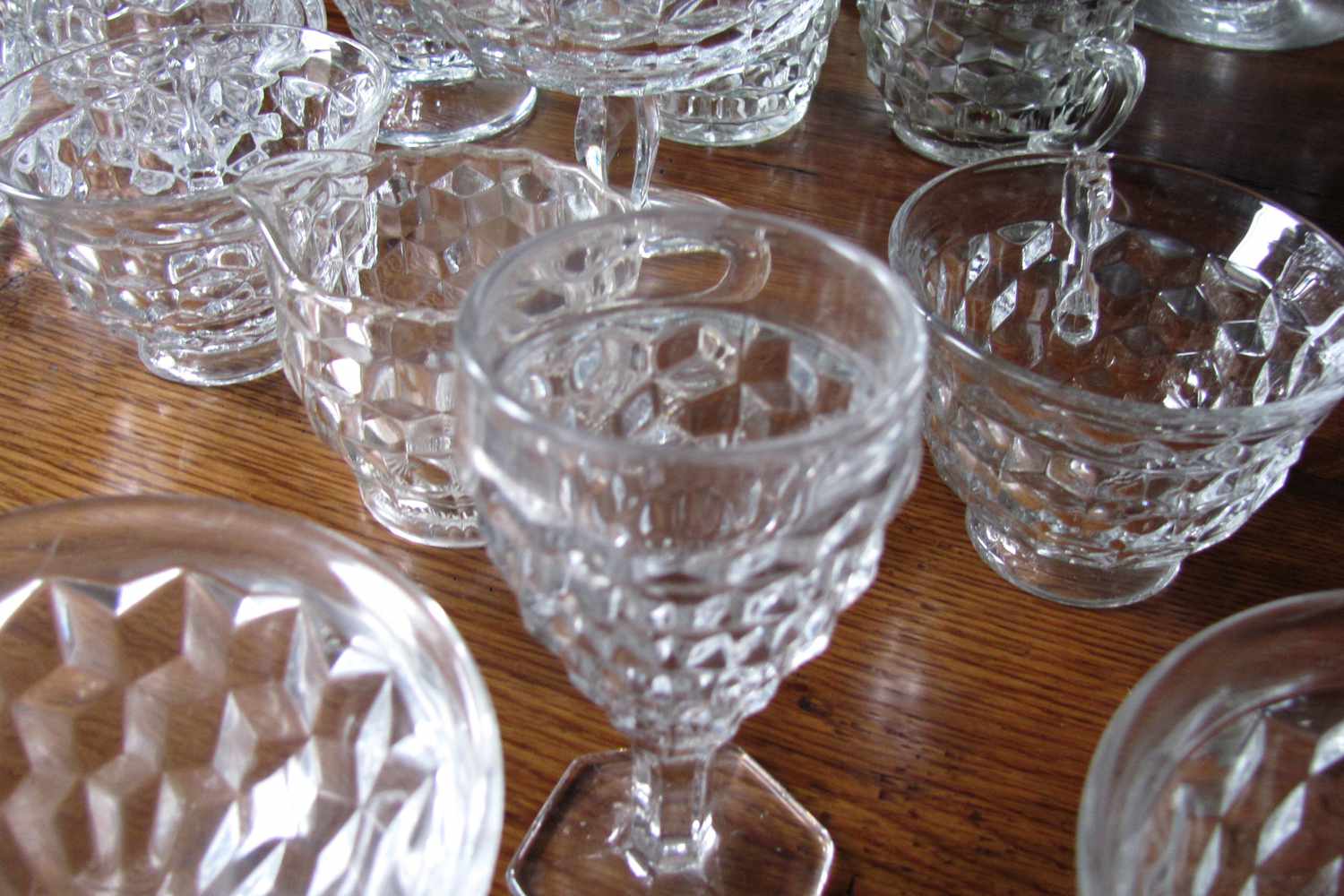
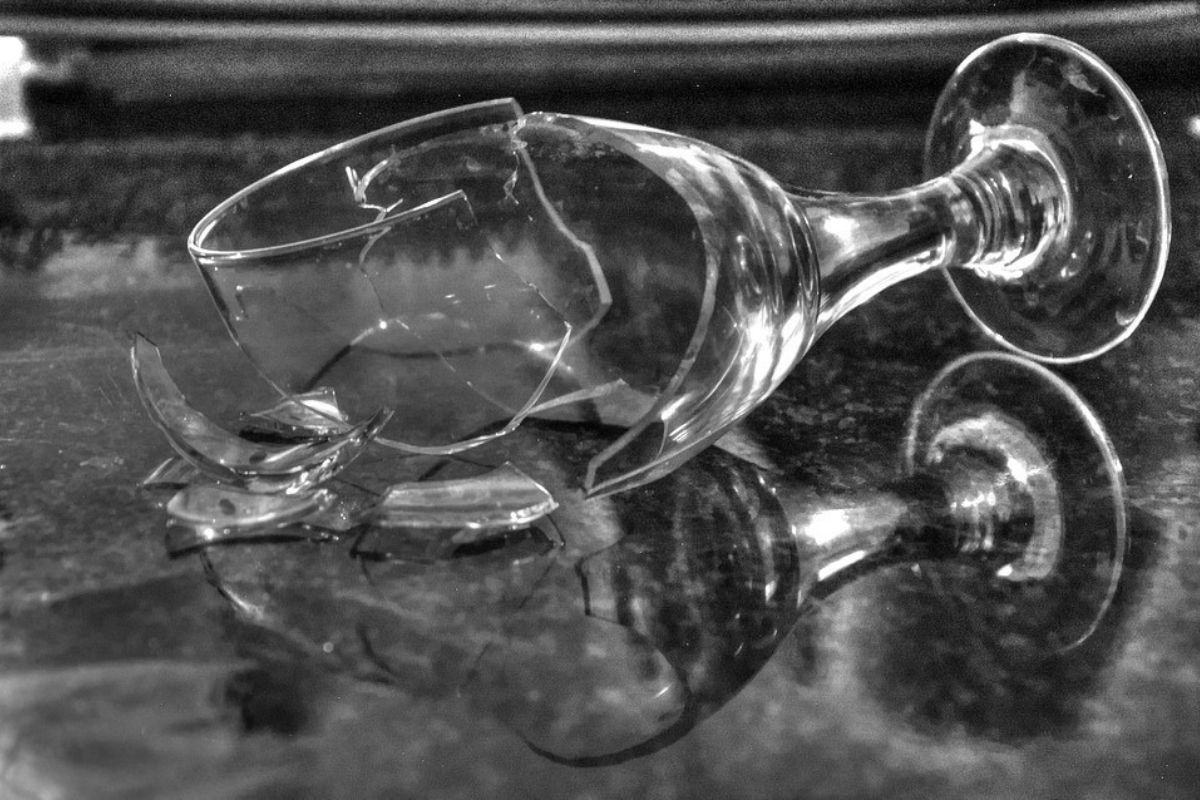

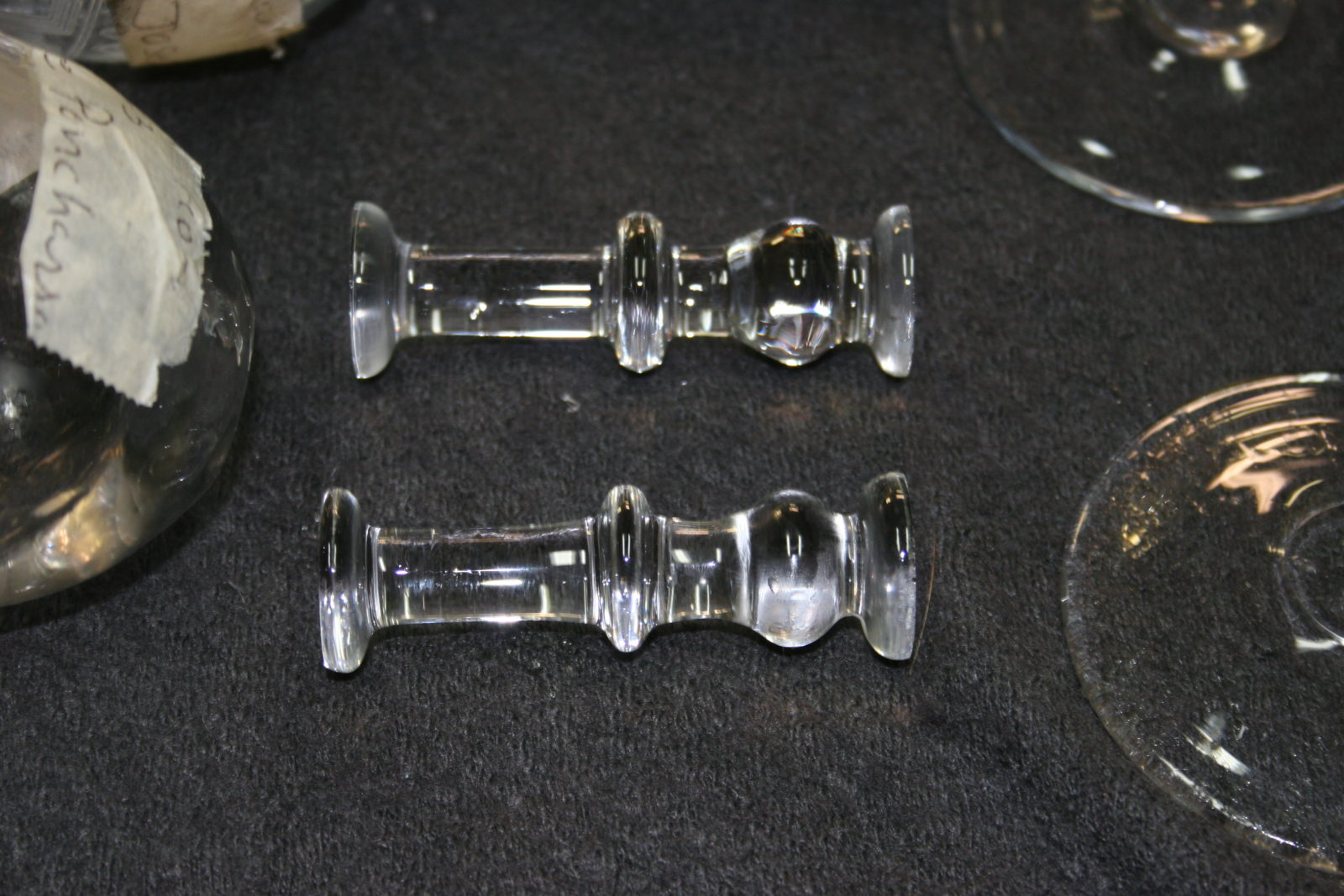

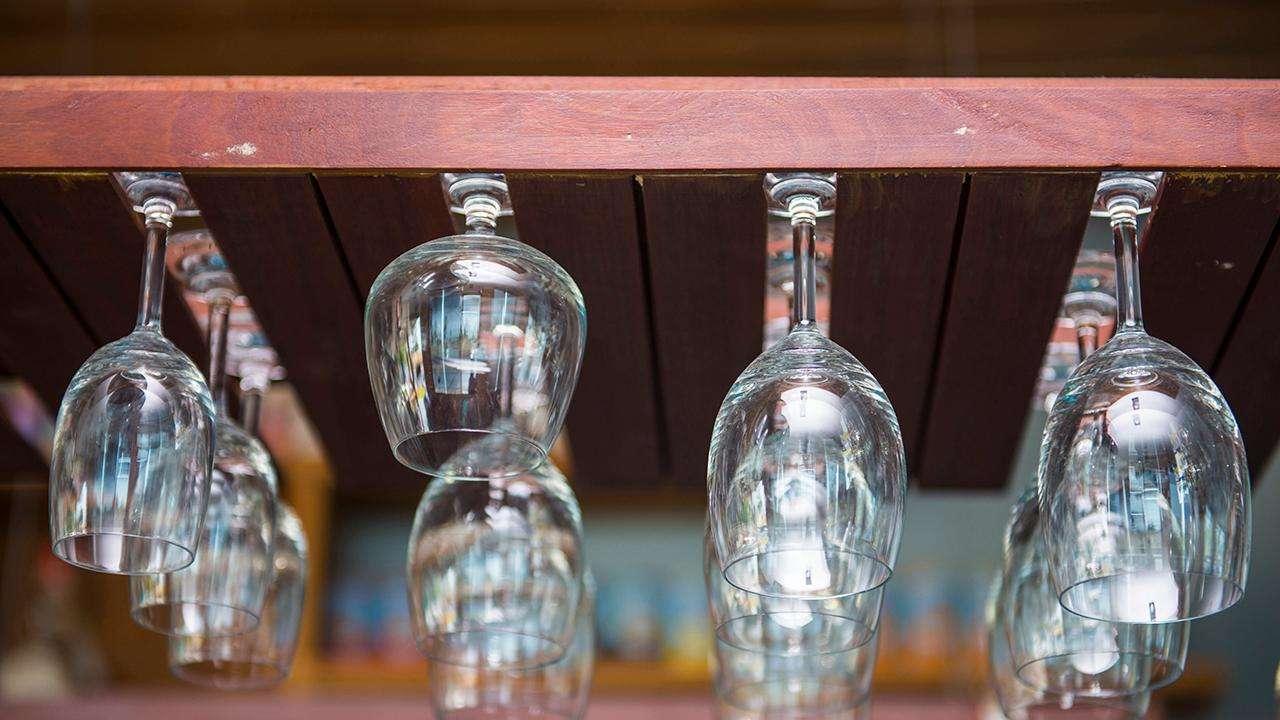

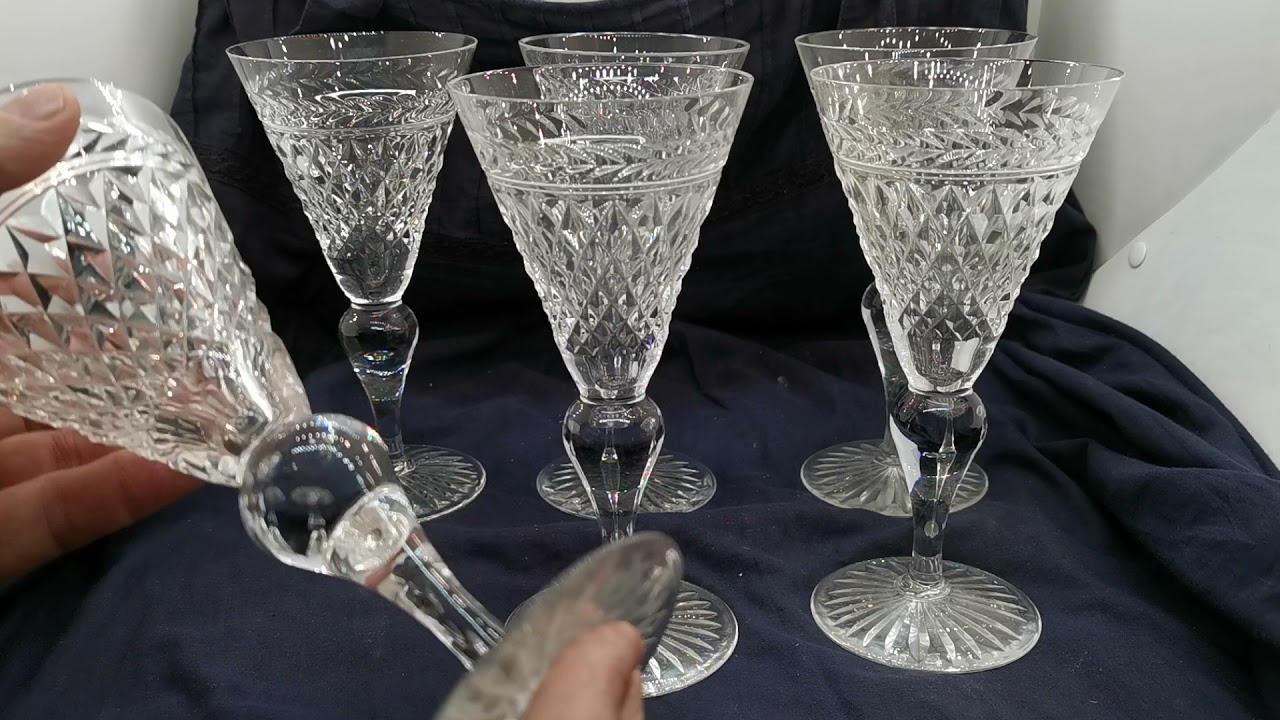
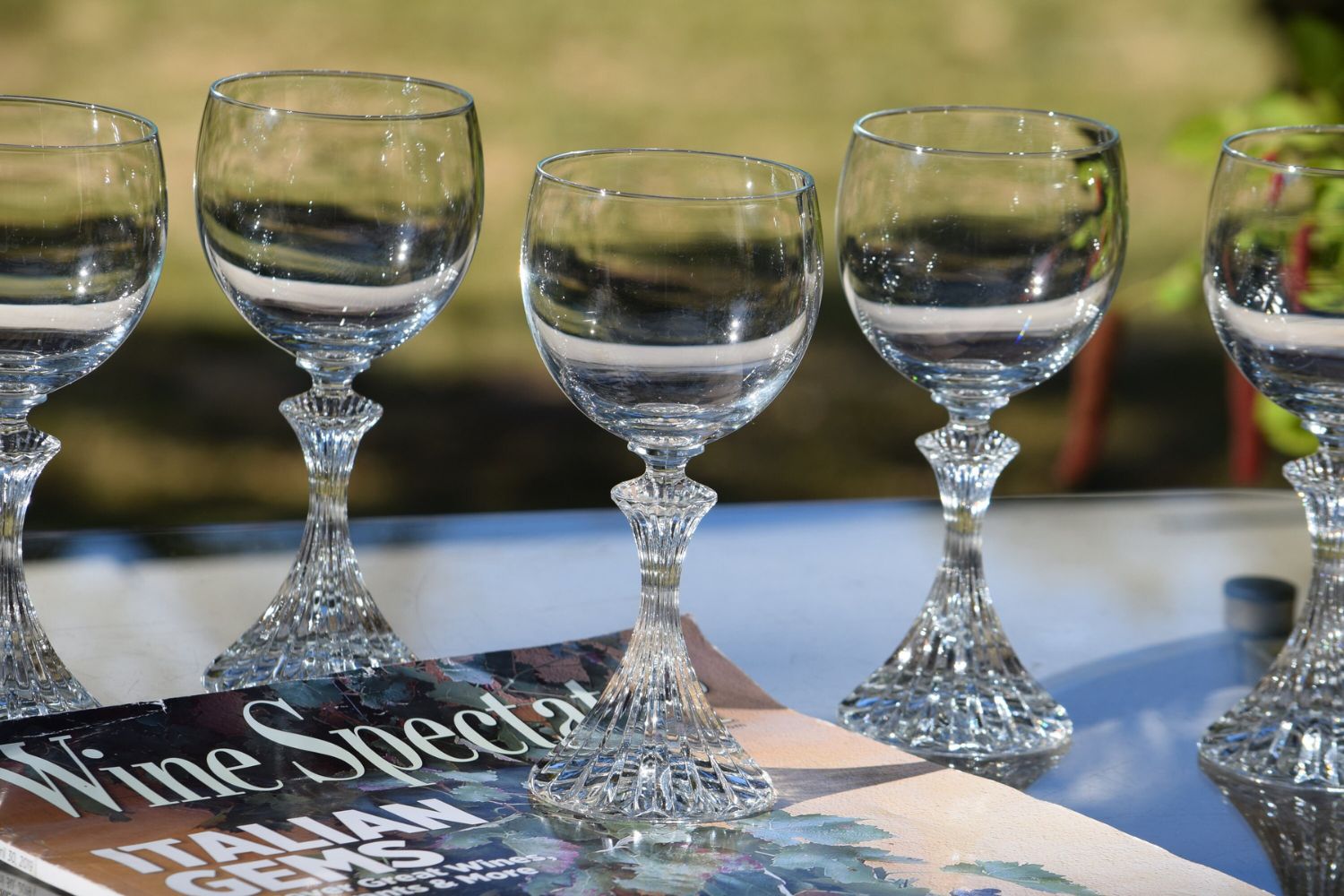
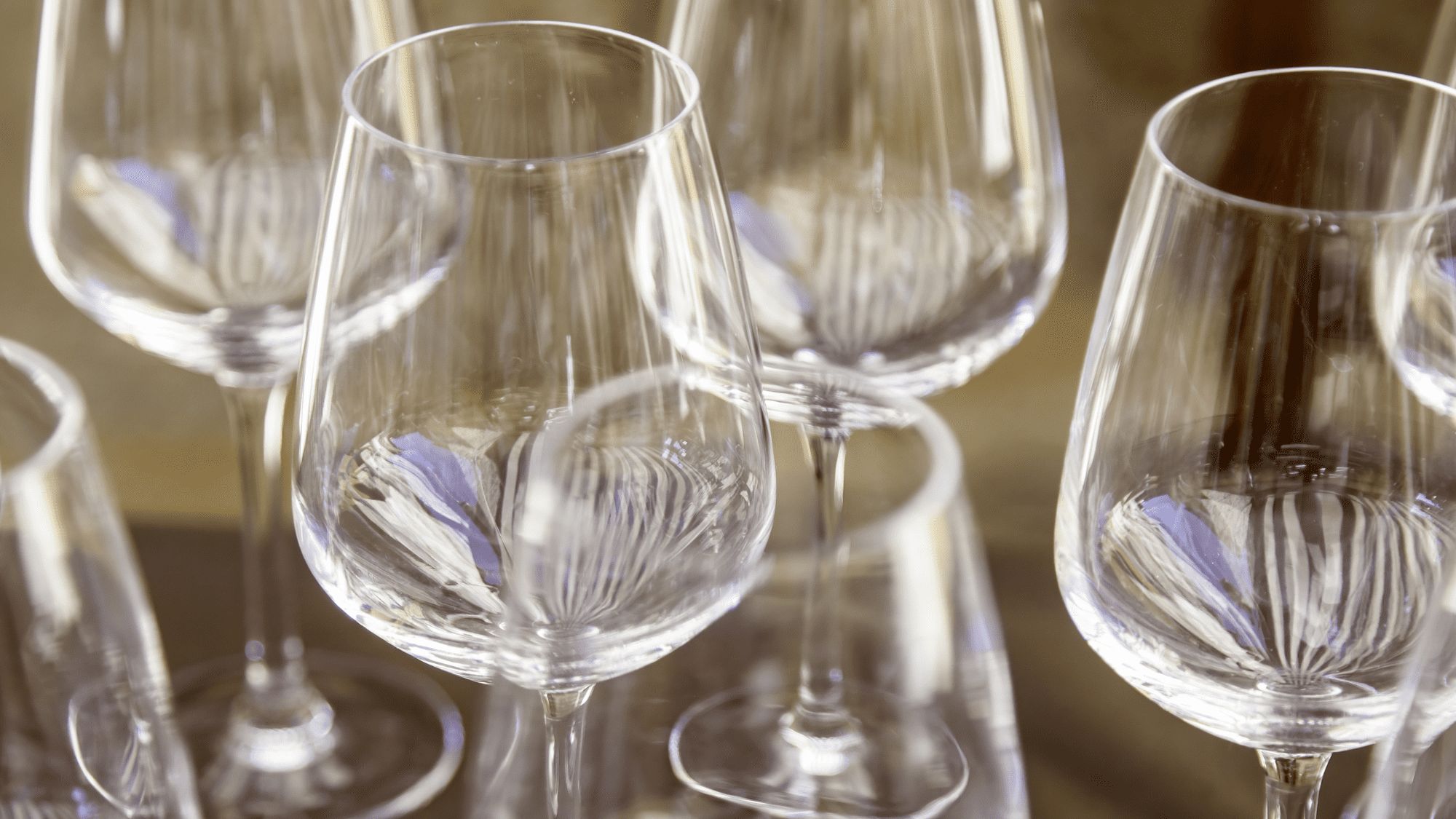
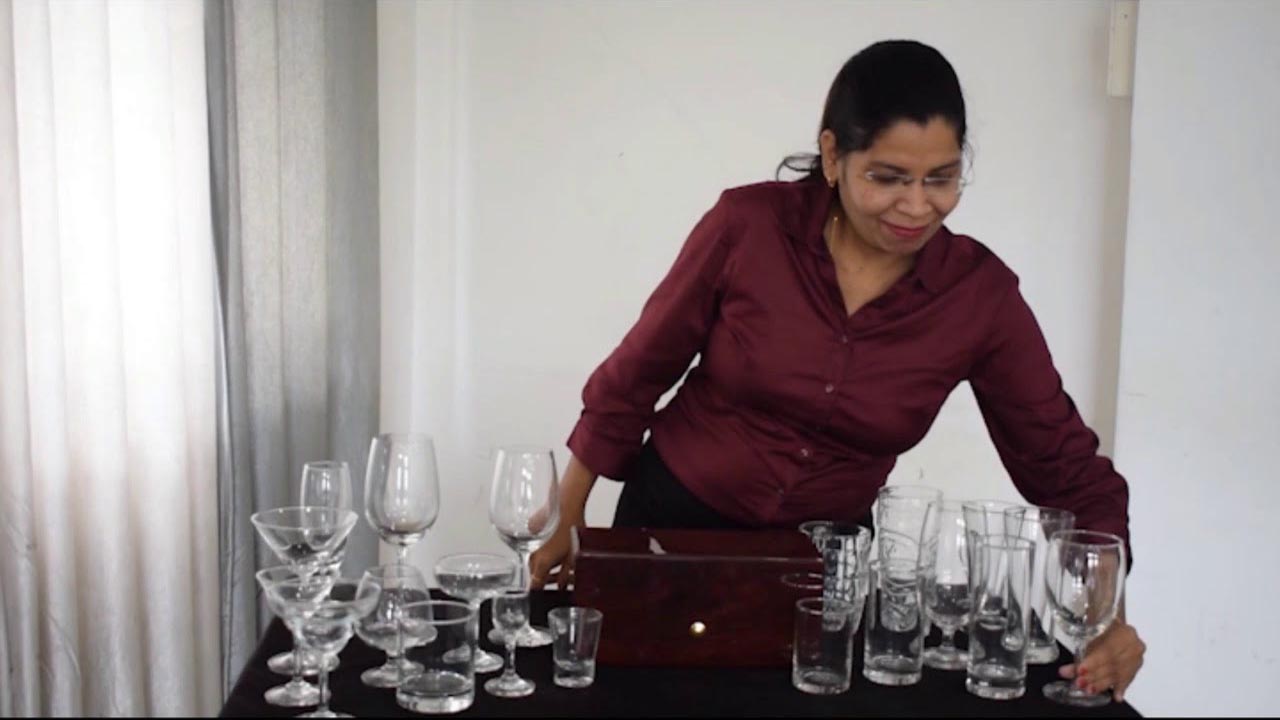
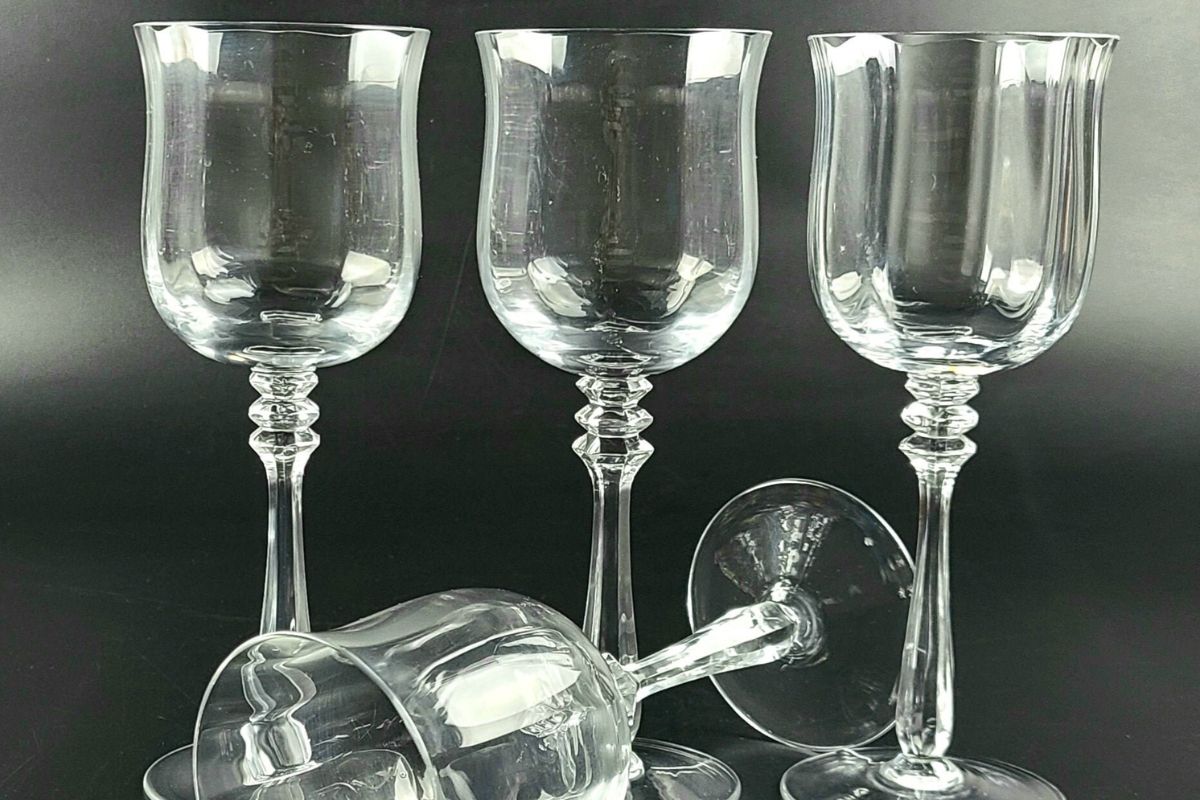

0 thoughts on “How To Clean Dingy Stemware”